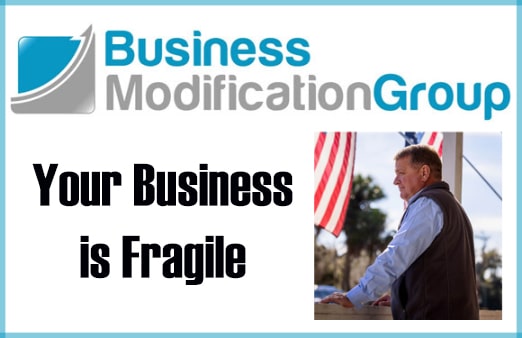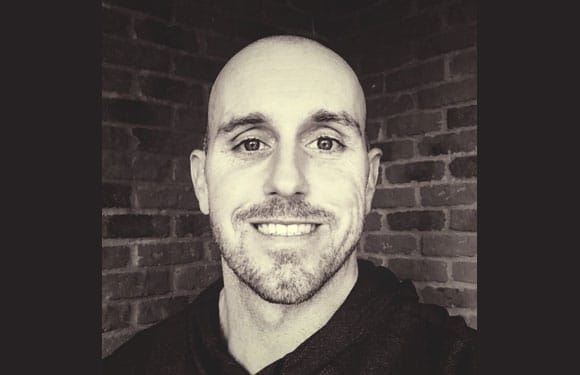Those of us who are involved in the construction industry are likely familiar with the Severe Violator Enforcement Program (SVEP). This program from the Occupational Safety and Health Administration (OSHA) focuses on and penalizes companies that have been overly negligent in safety standards.
On September 15, OSHA updated the SVEP criteria, and now more businesses may end up on that list.
How the SVEP Initially Worked

OSHA launched the program in 2010. The original intent was to increase inspection and enforcement resources on employers that violated federal safety and health laws, whether willfully or repeatedly, or did not correct earlier violations. Over the years, approximately 700 businesses, including construction companies, have been added to this program.
Before the latest update, a company could be added to the program for not meeting a limited number of high-hazard standards. Examples of such standards are amputations, falls, lead exposure, and the presence of combustible dust or crystalline silica. These are all issues that OSHA emphasized as high-hazard.
Once in the program, employers face enhanced penalties. For example, they must comply with a mandated follow-up inspection within a year of the final citation. They may also be subject to regional or nationwide investigations of their workplaces and worksites if OSHA suspects a broader problem. These companies may also find their SVEP status included in press releases, which can harm their reputation and make it more challenging for them to secure financing.
What the New Criteria Means
Under the new guidelines, more employers will be placed in the SVEP, and more industries will likely be affected. OSHA has removed the emphasis on high-hazard elements. Now, companies may end up in the program if they receive two or more willful or repeated infractions categorized as high-gravity serious violations. OSHA considers these elements in determining the severity of the violation: a) if a serious injury or illness could result from the violation and b) how severe that injury or illness would be.
With the new criteria, employers may also be in the program longer. In the past, they were eligible to be removed three years after the final order. Now, they must stay on the list for at least three years after completing the necessary abatement. They must also pay all fines, have received no other SVEP citation during that time, and pass a follow-up inspection.
In addition, they must consent to an Enhanced Settlement Agreement. With such an agreement, they develop and execute a safety and health management system. Such a system includes policies that address safety hazards, as well as the procedures and practices to prevent those hazards and protect all employees.
Advice for Your Company
Gary Sizemore, Associated Builders and Contractors (ABC) vice president for safety and workforce development, is not sure that adopting the new criteria is the best approach. While he and ABC agree that violators should improve their practices, he believes companies should have more active partnerships with OSHA. He contends that cooperation between OSHA and employers would result in safer workplaces.
Meanwhile, many labor leaders are praising the new criteria, noting that anything that promotes worker safety is progress. However, based on the revised guidelines, your company could be under intense scrutiny. So it is imperative that you review your safety and health policies and ensure that all your workers are protected.
The information contained in this article is for general educational information only. This information does not constitute legal advice, is not intended to constitute legal advice, nor should it be relied upon as legal advice for your specific factual pattern or situation.
Trent Cotney is a partner and Construction Practice Group Leader at the law firm of Adams and Reese LLP. For more information on this subject, please contact the author at trent.cotney@arlaw.com.








